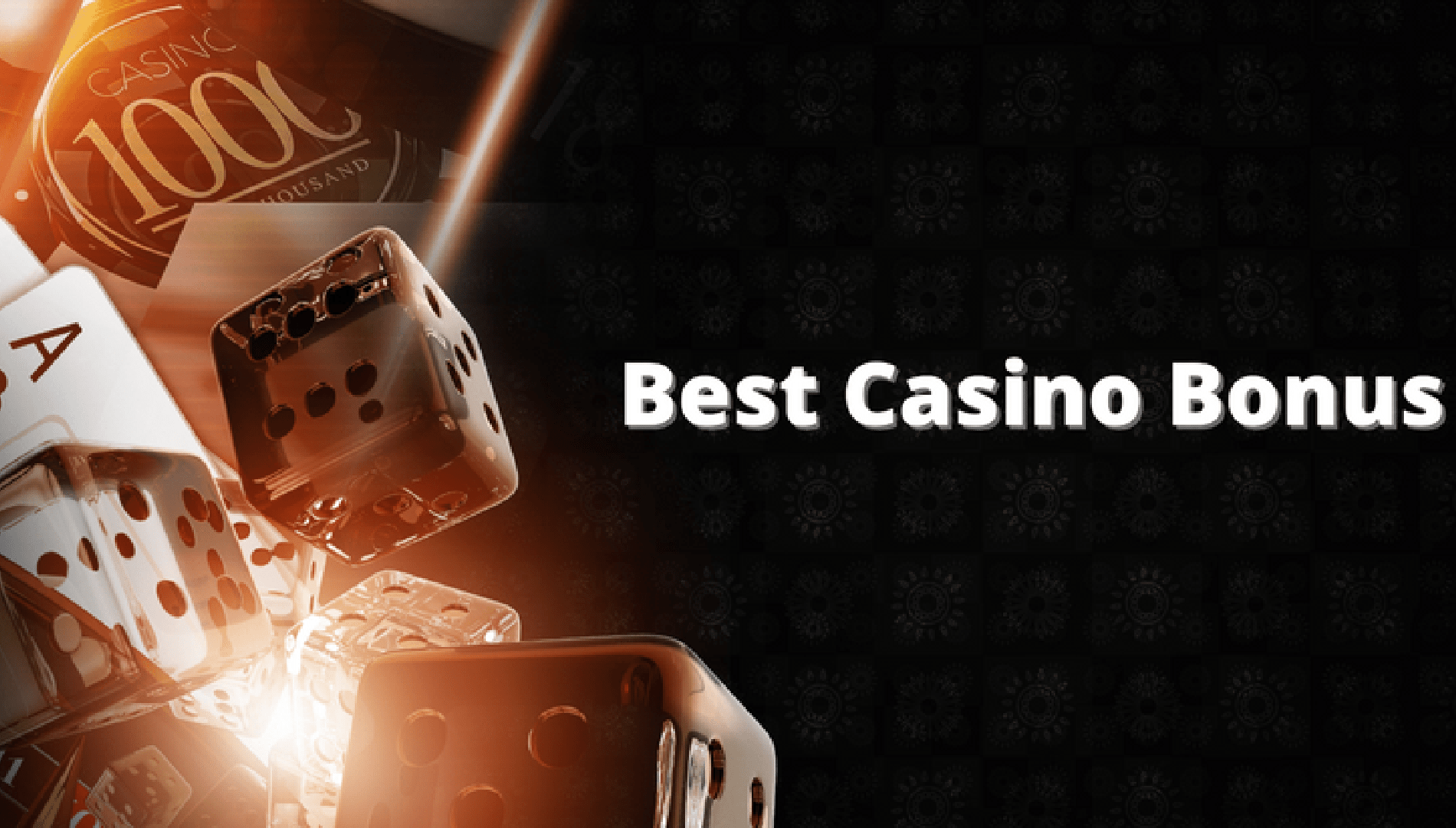How to Play Blackjack
Playing blackjack is among the simplest casino games. What rules does your blackjack dealer follow, though? What about the payments on your blackjack side bets? And what distinguishes blackjack from Spanish 21 exactly?
With the help of our guide "How to play Blackjack – BlackjackCharts", start your path to blackjack expertise.
Do you want to expand your vocabulary in blackjack? View our dictionary of terminology related to blackjack.
"Hard 17": Would you hit on it? Check out our chart-based guide to basic blackjack strategy.
Play real money online blackjack games at any online casino to start the countdown to 21.
The aim of blackjack
Blackjack's straightforward goal is to outscore the house dealer by building a hand of cards that comes the closest to 21, but never goes over, 21.
It's crucial to remember that in blackjack, the player must act first, giving the casino the advantage. Even if the dealer eventually busts, the player loses their wager instantly if they bust.
Rules for blackjack
A blackjack game typically proceeds as follows:
1. Place bets
The dealer shuffles the deck (note: a machine known as the "shoe" shuffles decks in multi-deck blackjack). After each player has made their bet, the round starts.
2. Dealing
The cards are dealt by the dealer. According to normal blackjack regulations, each player is dealt two face-up cards, while the dealer is dealt one face-up card and the other card is still face-down.
3. Naturals
Blackjack is considered "natural" if the player's initial two cards dealt are an ace and a ten (21). In the event that the dealer does not have a natural and the player does, the dealer will pay out 3 to 2 right away, which is equivalent to 1.5 times the player's wager. All players who do not have naturals have their bets instantly collected by the dealer in the event that they do. A tie, sometimes referred to as a "push," results in the player's wager being returned without any wins.
4. Playing
The dealer asks each player if they would want to stand, which means they don't want to draw any more cards, or hit, which means they would like to request one more card.Moreover, players have the option to divide, surrender, or double down; read on for more information on these sophisticated moves.
5. Conciliating
A payout of one to one will be given to the player if their hand total exceeds the dealer's score. However, a hand that is greater than 21 is considered to be "bust" by the player, who loses both their wager and the round even if the dealer also busts.
Blackjack wagering
Each player places chips in the proper betting area in front of them to start a blackjack round. Prior to putting any money on the table, it is usually advisable to confirm the minimum and maximum bet limits that have been agreed upon.
Card values
Every card in blackjack is counted according to its initial numerical value. Furthermore, the value of the jack, queen, and king face cards is 10. Regarding the ace card, the player determines the "soft total," or whether an ace they have counts as 1 or 11.
In this introduction to fundamental blackjack strategy with charts, you will learn the optimal play for each hand total as well as everything you need to know about "hard and soft hands."
Hit or stand
The two most crucial decisions you'll have to make are which to "hit" and which to "stand." But do you know the blackjack hand symbols for hit and stand before you make those choices?
Requesting another card from the dealer is known as hitting. If you're satisfied with the total of your cards and choose to remain with them, you can stand
When is the right time to hit or stand? See what our basic blackjack strategy charts have to offer.
Payouts for blackjack
Blackjack is a card game that is considered "even-money," with a payout ratio of 1:1.
The following table lists blackjack payouts along with a brief description of each:
Regular Hand - 1 to 1 return
Doubling Down - 1 to 1 return doubled
Blackjack - Depends on the table, usually 3 to 2, or 6 to 5 for some single-deck games
Landing a blackjack

Keep in mind that the reward for landing a natural blackjack, or a blackjack after hitting, is also 3 to 2. Of course, it's best to eliminate every element of chance when hitting and land a blackjack with your first two cards.
Blackjack insurance

The dealer will ask if any players want insurance, a side wager that pays off at a 2:1 ratio and can be as much as half of the initial bet, if their face-up card is an ace. This wager is that a house blackjack will occur if the dealer's face-down card is worth 10.
Please take note that unless a player is extremely certain that there are a lot of ten-cards remaining in the pack, placing an insurance bet is rarely a wise decision.
Double Down

You can choose to double your stake if your two-card total is 9, 10, or 11. The dealer will hand you one more card when it is your turn; simply lay a stake equal to your initial bet (and to the left of your original wager). The dealer will turn the card sideways to signify that you are not permitted to take any more cards. This remains inverted until the wager is finalized.
The player can choose to divide the pair, double down as indicated, or go with the hand normally when they have a pair of 5s (for a total of 10). It is not advisable to divide 4s or 5s, though, as it is very simple to land a low total.
Pair splitting

Players can choose to treat their first two cards as two different hands if they have the same value, such as two 7s. One of the pairs receives the initial wager, while the other must be wagered with an equal sum. The player must play the card to the right in the same manner as playing their leftmost hand, which requires hitting or standing once or more times.
Every hand's result is always handled independently. The player is awarded one extra card for each ace when a pair of aces is split, and they are not allowed to draw any more cards.
Note that the dealer is unable to split or double down.
Surrender

When the house allows a player to fold their starting hand before pulling any more cards, it's known as a surrender. In this case, those cards are removed from that play and half of the player's initial wager is repaid. Recall that once a player exercises a surrender, they are out of the hand regardless of whether the dealer goes bust.
It's important to carefully check the table regulations as not all tables permit surrenders.
Rules for dealers
Shuffle
The dealer will completely shuffle the deck until all of the cards are in a fully random sequence in order to stop cheating or card counting. After that, the dealer will split the deck of cards using plastic "cut cards" or assign one of the players to do the cutting.
Dealing
The dealer will deal clockwise, starting from their left, until every player has two cards facing upwards after all bets have been put. The dealer's final card is dealt face-down (sometimes, the initial card is dealt face-down instead).
The dealer will ask whether anyone wants insurance, which pays out at a 2:1 ratio, if their upcard is an ace. This wager is that there is a natural blackjack held by the dealer. Next, the dealer will alternate between asking the player to hit or stand, beginning on their left.
What in blackjack is S17?

The dealer must either stand or hit in accordance with the "soft 17 rule" of that particular table if they hit a "soft 17" (A,6, which can be played as either a 7 or a 17).
The dealer must STAND on soft 17 if the table has the symbol "S17" on it. The house edge is lowered by 0.2% as a result of their inability to strengthen their hand any further, making the S17 game the less popular of the two "soft 17 rule" variants.
What does blackjack's H17 mean?

The dealer must hit on a soft 17, which increases the dealer's chances of making a better hand between 18 and 21, hence boosting the house advantage in a more frequent "H17" game.
Early give-up
Early surrender allows the player to give up their hand before the dealer checks for a blackjack and reclaim half of their initial wager, in contrast to the conventional "late surrender" regulation.
Late submission
The most popular surrender rule in both online and live blackjack is this one. After the dealer checks for blackjack, the gambler might choose to give up and only lose half of their initial wager.
Dividing Aces
Do you believe you can only split an ace pair once? Rethink that!
A table using the RSA (resplitting aces) rule permits you to split yet another pair of aces, forming a third or even fourth hand, if you split a pair of aces (as you should) and get another ace on the next card.
Why is RSA not accepted at all casinos? Since splitting aces is very advantageous to the player as the ace is the strongest card in blackjack. You can only take one more card on each resplit ace, and you cannot double down even if the casino offers RSA.
Get familiar with pair splitting acronyms by consulting our vocabulary of terms related to blackjack.
Side bets in blackjack
21 + 3
This popular side bet involves betting on whether your first two cards, and the dealer’s face-up card, will combine to make one of the following three-card poker hands:
- Flush – three cards of the same suit (pays 5 to 1)
- Straight – three cards in a sequence (pays 10 to 1)
- Three of a kind – three cards of the same rank (pays 30 to 1)
- Straight flush – three cards in a sequence, all of the same suit (pays 40 to 1)
- Suited trips – three cards of the same rank and the same suit (pays 100 to 1)
Perfect Pair
This simple blackjack side bet involves betting on your hole cards being a pair. Perfect pair hands are commonly ranked in the following order:
- Mixed pair – two cards of the same rank but different colours (pays 5 to 1)
- Coloured pair – two cards of the same rank and colour (pays 10 to 1)
- Perfect pair – an identical pair, for example 2x king of diamonds (pays 30 to 1)














